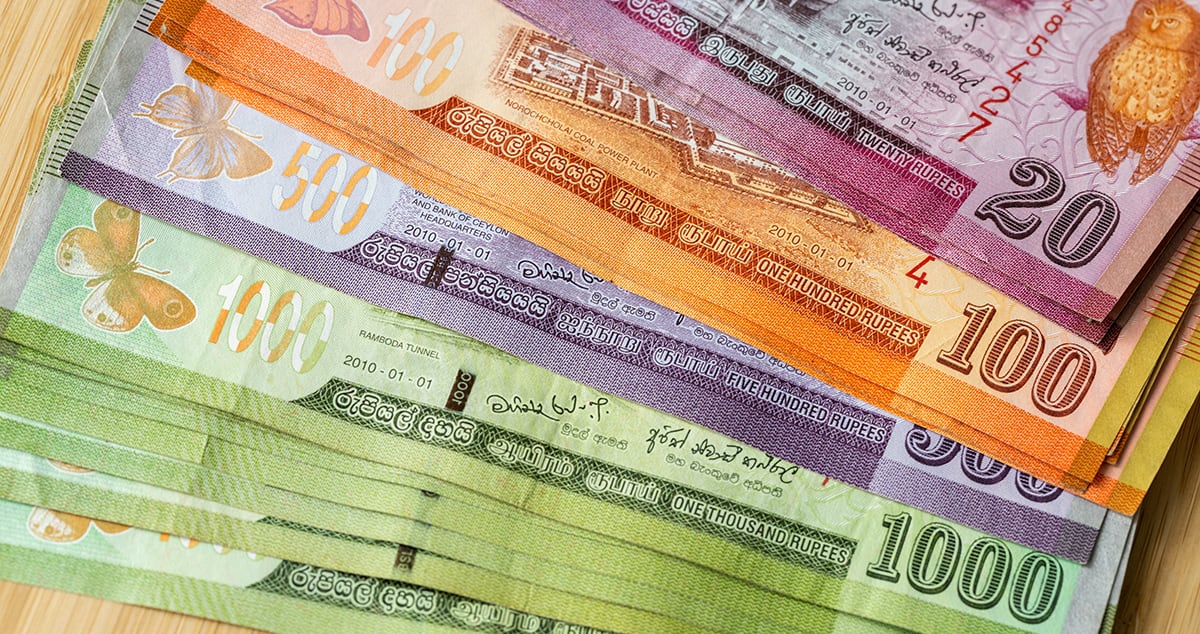Sri Lanka’s perfect storm of economic disaster started with the Covid-19 pandemic and years of government nepotism, corruption, and economic mismanagement ultimately led to a$50 billion default on foreign loans.

After months of negotiations, Sri Lanka received approval from the International Monetary Fund for a $3 billion bailout aimed at easing a social and economic crisis. But the hard work is only just beginning.
Sri Lanka’s perfect storm of economic disaster started with the Covid-19 pandemic, which hit tourism hard. Then, the Russian invasion of Ukraine kicked off a spiral of higher energy costs, shortages of basic goods, and inflation (running at around 59%). Coming atop years of government nepotism, corruption, and economic mismanagement, the country had little scope to deal with such setbacks.
The crisis came to a head last year when Sri Lanka defaulted on more than $50 billion in foreign loans. Then in July, President Gotabaya Rajapaksa fled the country and resigned after massive protests erupted over his government’s economic management.
The deal with the IMF was agreed upon in principle in September, was pending the approval of China. It is Sri Lanka’s single largest bilateral creditor, holding some 20% of its total public foreign debt. To secure the package, the government, now headed up in an uneasy caretaker arrangement by political veteran Ranil Wickremesinghe, had to—among other measures—agree to boost taxes, reduce energy subsidies, tackle corruption, recapitalize the banking sector, return to a more flexible exchange rate regime, and increase interest rates to keep inflation low.
Presaging years of austerity for the nation’s people, the deal caps a long, slow fall from grace for Sri Lanka, which this year is celebrating the 75th anniversary of its independence from Great Britain. Sri Lanka at one point enjoyed one of the highest standards of living in the region but has been losing ground fast. In the fourth quarter of 2022, the economy contracted by 12.4%; for the full year, it shrank by 7.8%. As a result, around 300,000 Sri Lankans, or to 1.4% of the population, left the country last year.
While the IMF lifeline gives the government breathing room, Sri Lanka has a long way to go. And its history with IMF programs is not reassuring; it has completed only nine of 16 previous of its IMF programs.



